Americans are seeking more flexibility and freedom in education today. A national poll of 1,000 voters from yes. every kid. foundation. found that nearly three-quarters support making K-12 education more flexible for families. And education is transforming in the present day to accommodate this desire. Microschools are offering families a variety of innovative, individualized educational options to help meet their kids’ unique needs.
The newly unveiled 2025 American Microschools Sector Analysis, a survey of 800 microschools nationwide by the National Microschooling Center, peels back the curtain on the unfolding transformation of education.
Though defining microschools may be elusive, the report provides a look at how we can think about these small, specialized programs. Among the microschools which participated in the survey, private programs serve 22 kids on average, whereas public or charter microschools serve 36 students on average.
Who chooses microschools?
Students make their way to microschools for a variety of reasons, and they come from all sorts of different paths, whether homeschool, district public school, public charter, or private school.

Affordable Access
The report highlights that 74% of microschools charge annual tuition and fees at or below $10,000, with 65% offering sliding scale tuition or discounts, challenging the narrative that innovative education is a luxury. Microschools are not just for the affluent; they’re a lifeline for families seeking alternatives to traditional one-size-fits-all education.

Beyond Grades
Traditional metrics like letter grades are used in only 29% of microschools. Instead, 65% rely on observation-based reports, 55% use portfolios, and 51% track mastery, emphasizing holistic growth over standardized benchmarks.
Prioritizing student happiness and future-ready skills, 81% of tracked students gain 1-2 years academically in one year, refocusing on what matters to kids and redefining success.
A Growing, Diverse Ecosystem
With an estimated 750,000 to 2.1 million students enrolled, microschools represent about 2% of the national student population, a figure poised to grow. Their diversity—53% operating as homeschooling centers, 30% as nonpublic schools, and others as public charters or state-recognized microschools—reflects a sector responsive to local needs and state policies.
Prelaunch founders prioritize academic growth and nonacademic learning, signaling a continued commitment to pluralism in educational approaches. This adaptability positions microschools as a fertile laboratory for educational innovation.
The Edupreneurs
The microschooling movement is led by passionate educators—35% of current founders are licensed teachers, and 48% of prelaunch founders are educators—yet 52% of current founders and 63% of prelaunch founders are launching their first business. This blend of educational expertise and entrepreneurial drive fuels a sector that’s both innovative and grounded in pedagogy.
However, founders face significant hurdles, with 75% of current operators seeking funding and 75% of prelaunch founders needing help navigating regulatory frameworks. These challenges highlight the need for policy support to sustain this grassroots movement.

The Big Takeaway
Every child needs an education that fits their unique talents and passions. Plus, families want more flexibility in their children’s education. Thankfully, microschools are reshaping education with affordability, innovation, and a focus on what matters most to the families they serve.
Policymakers should help ease the path of intrepid microschool founders by empowering families with direct funding and by lowering barriers to starting a school. This is the future of education in America: vibrant, accessible, and full of possibility.

